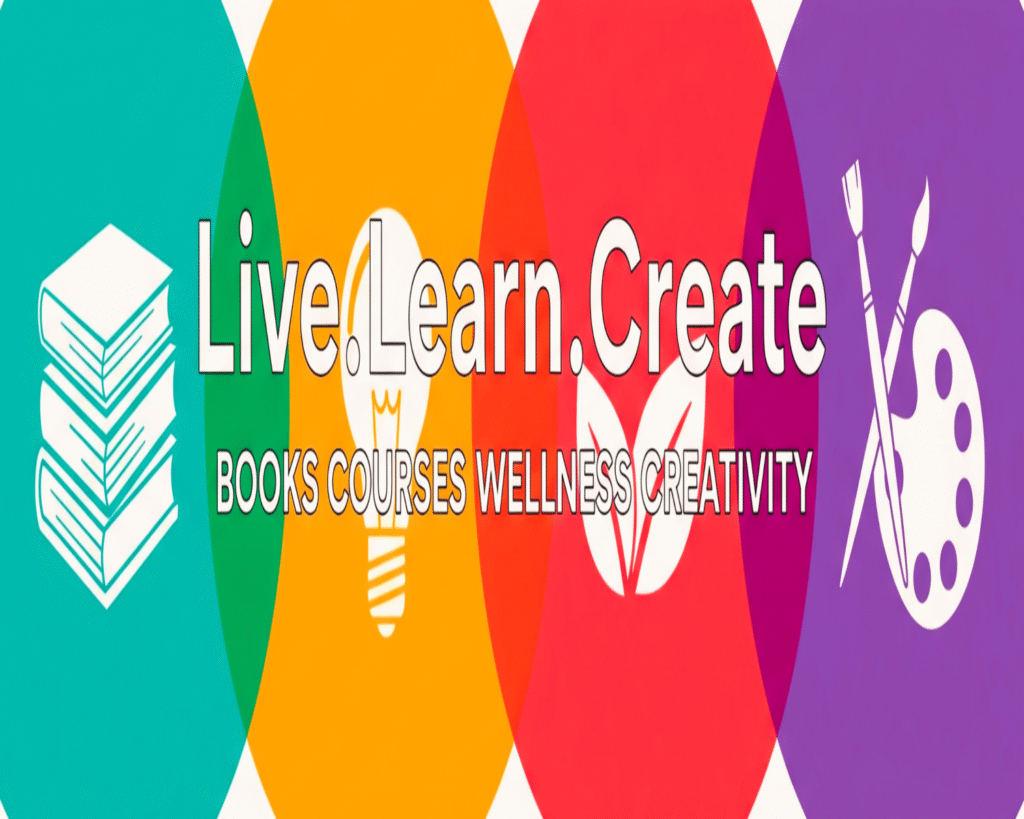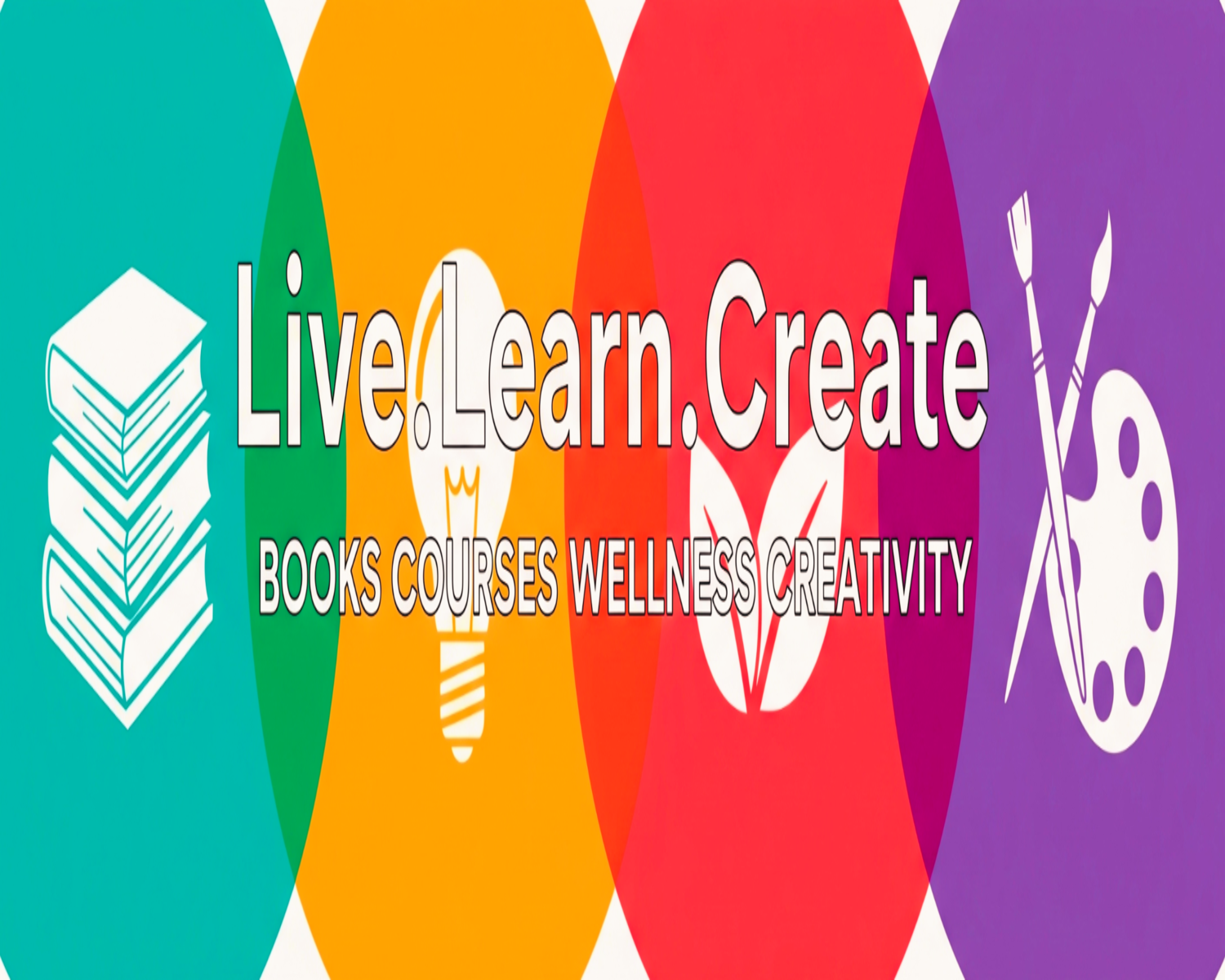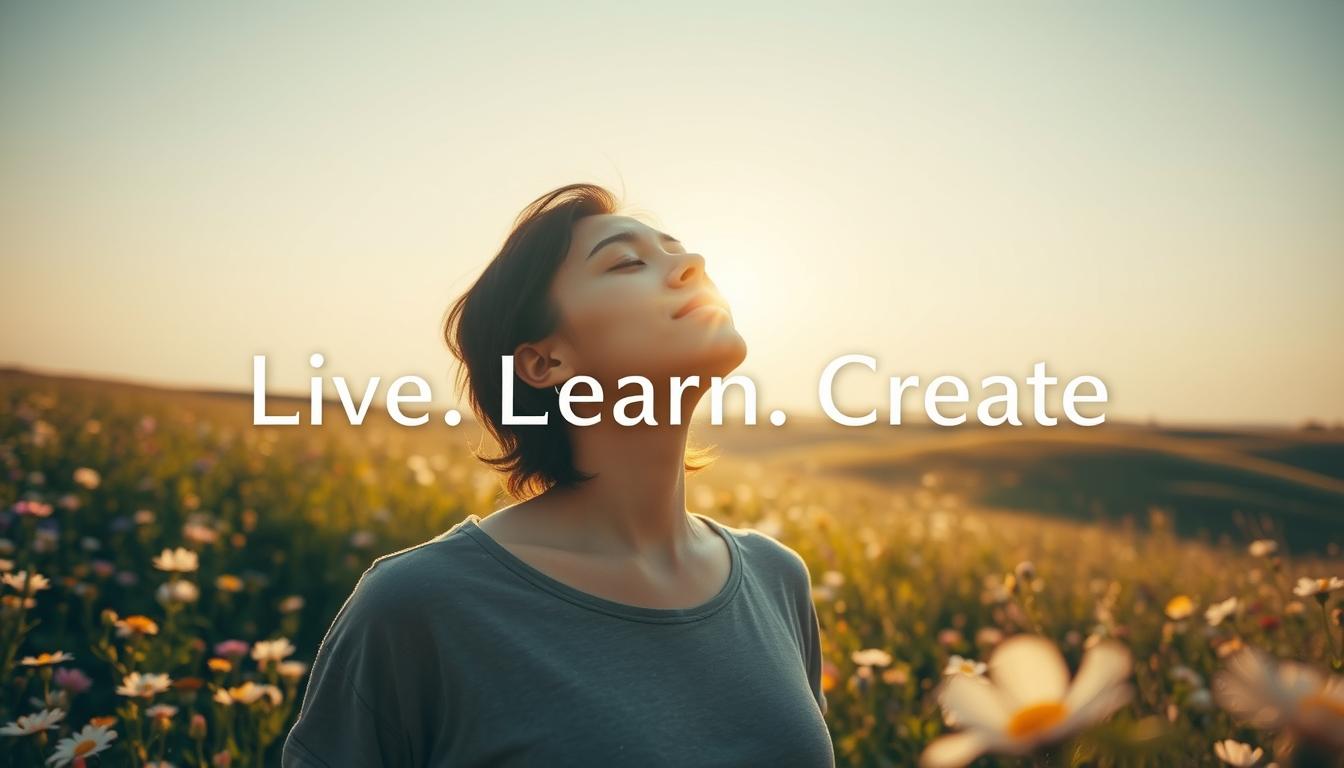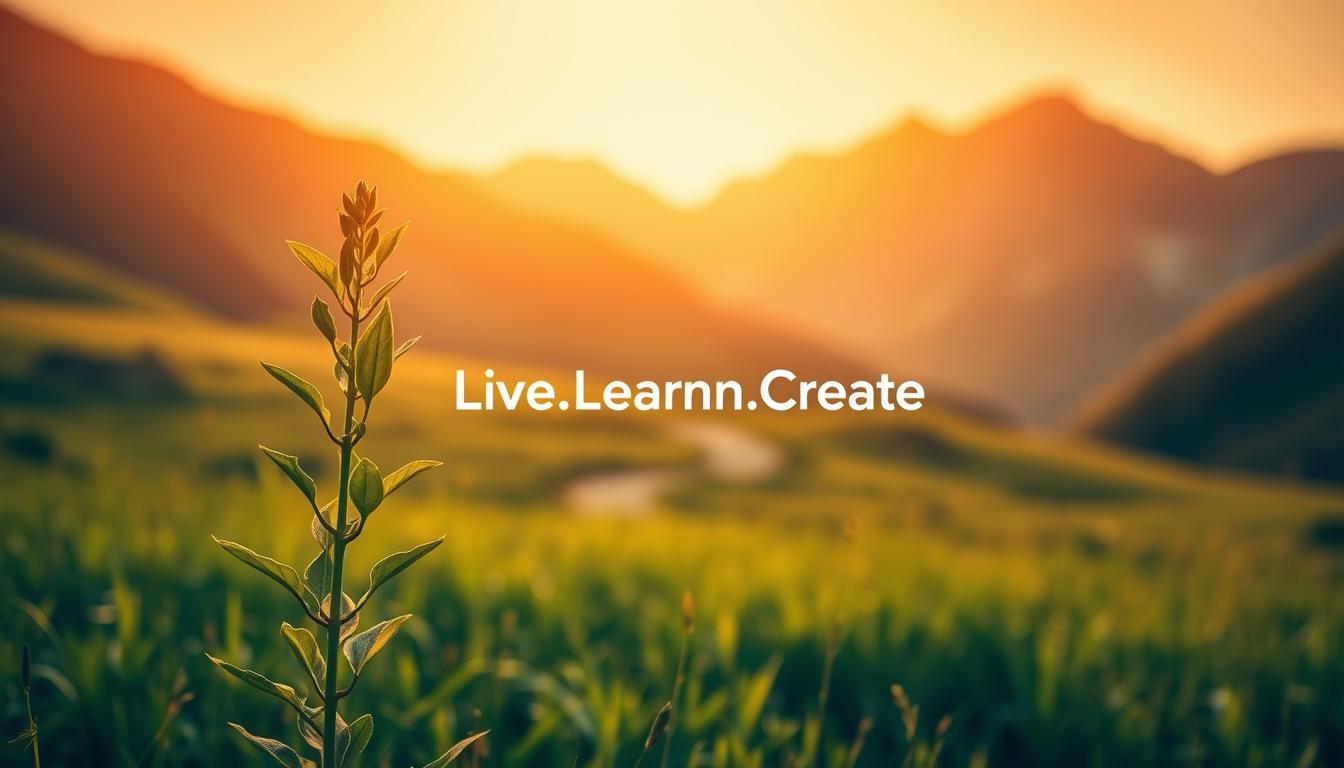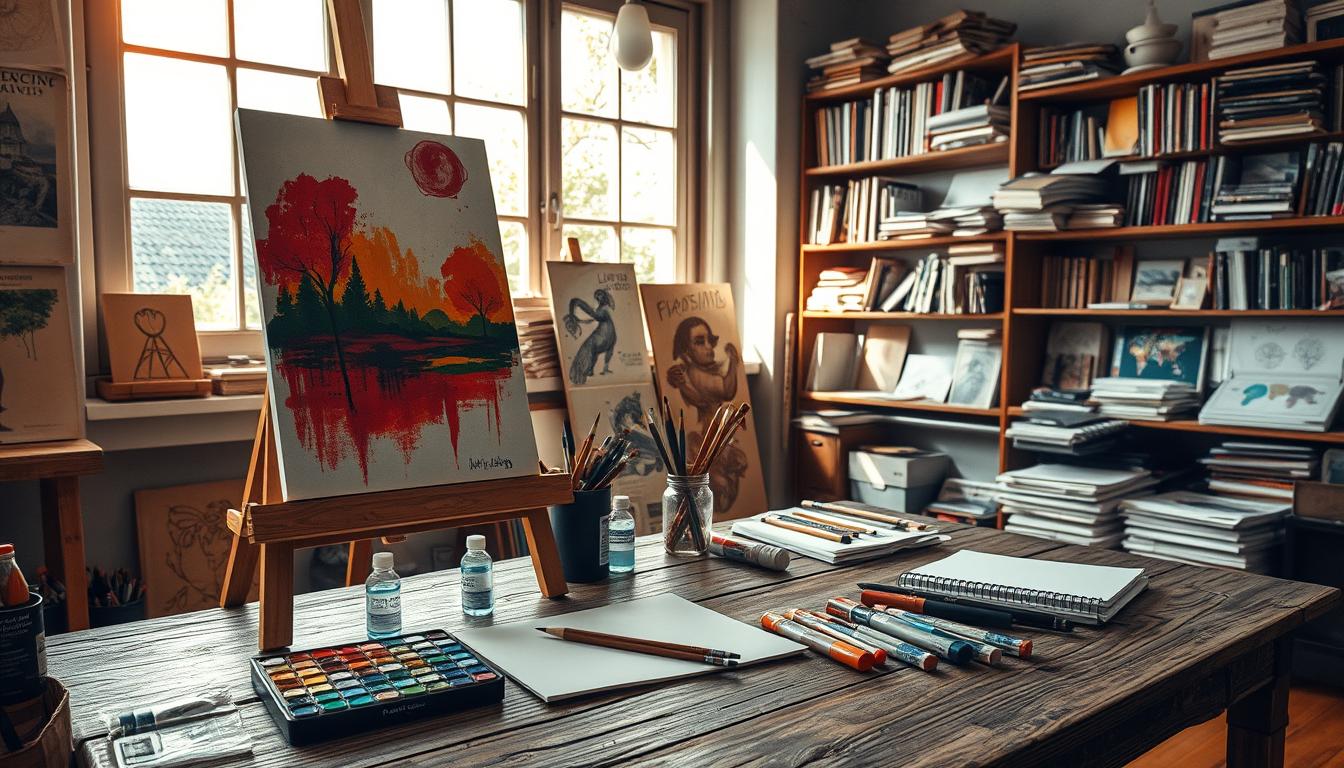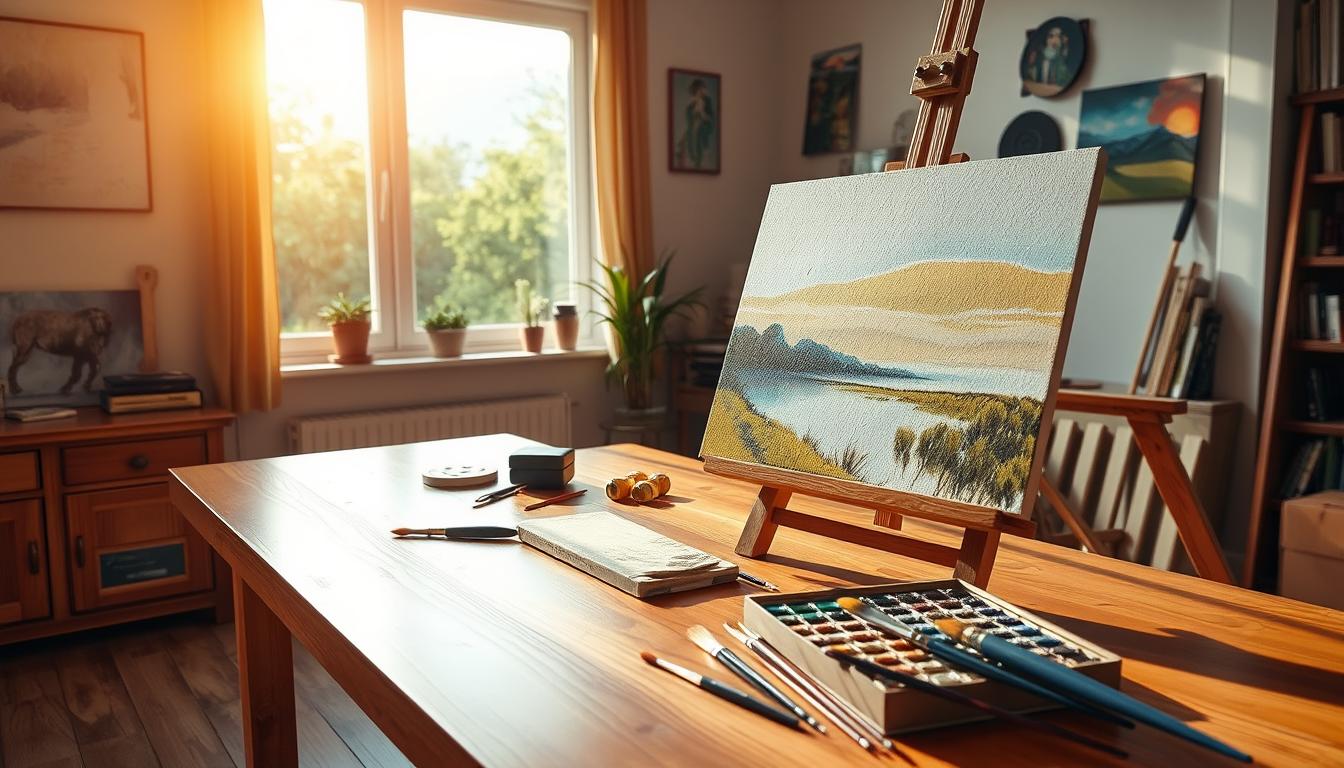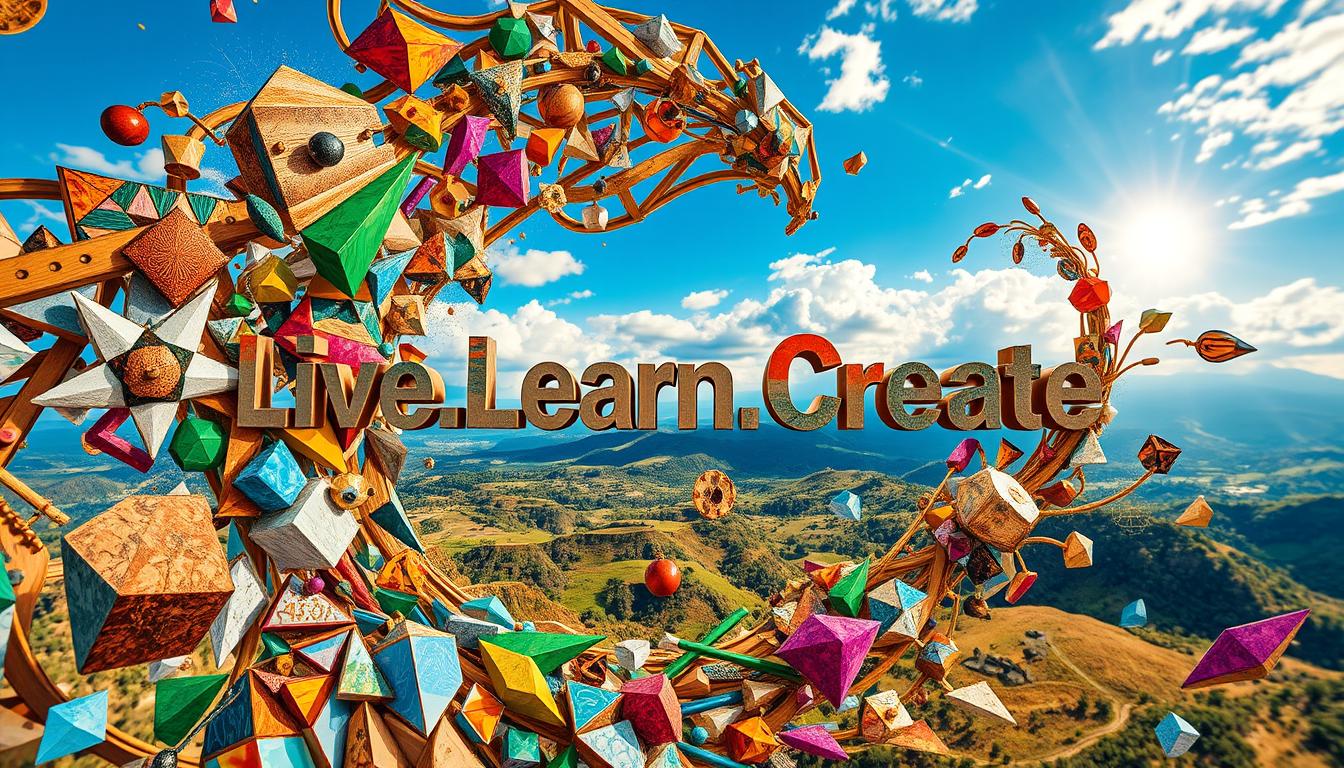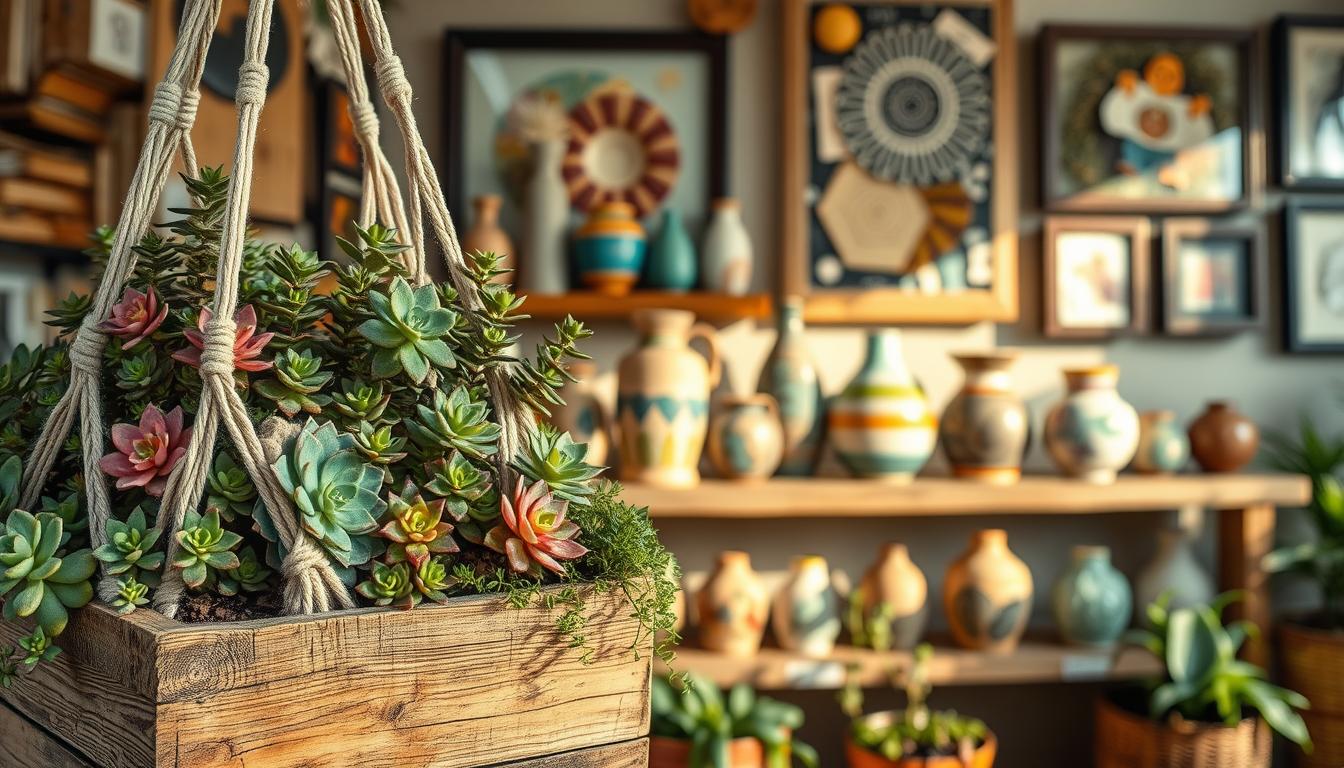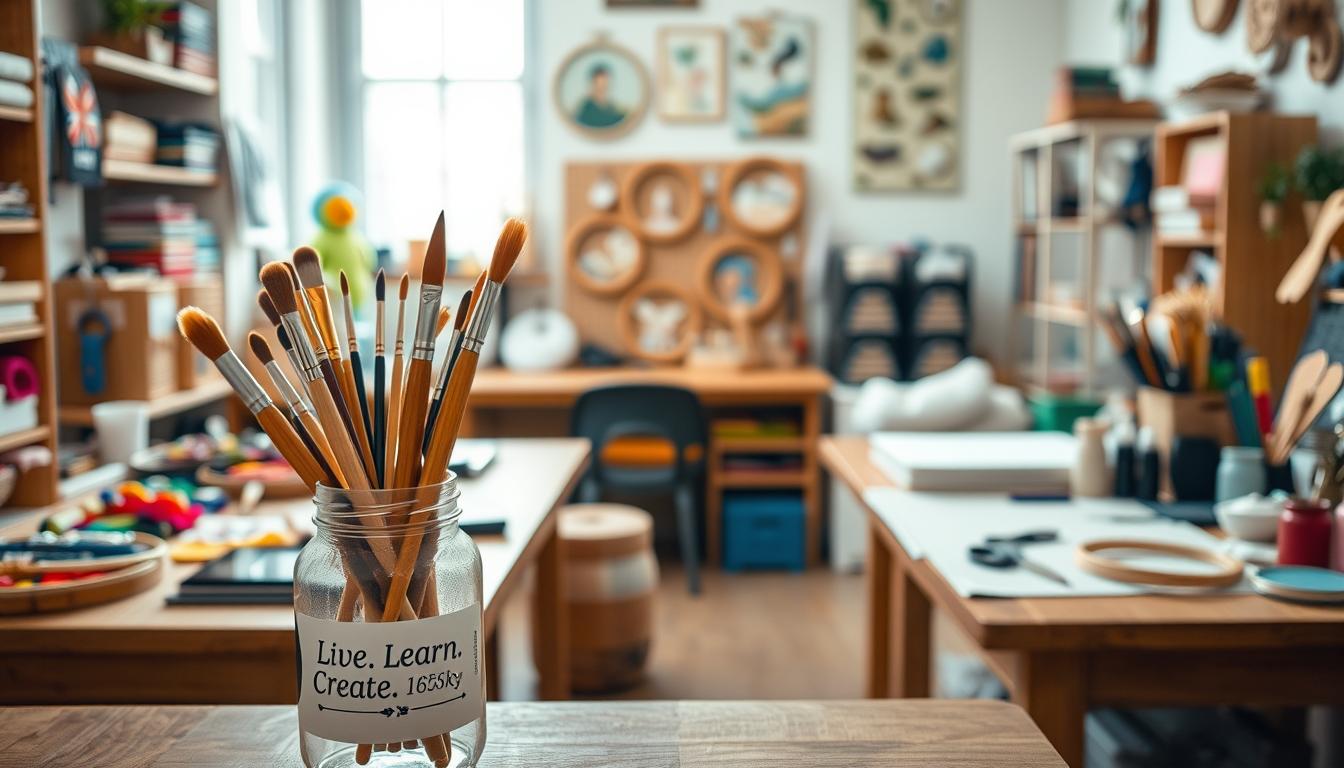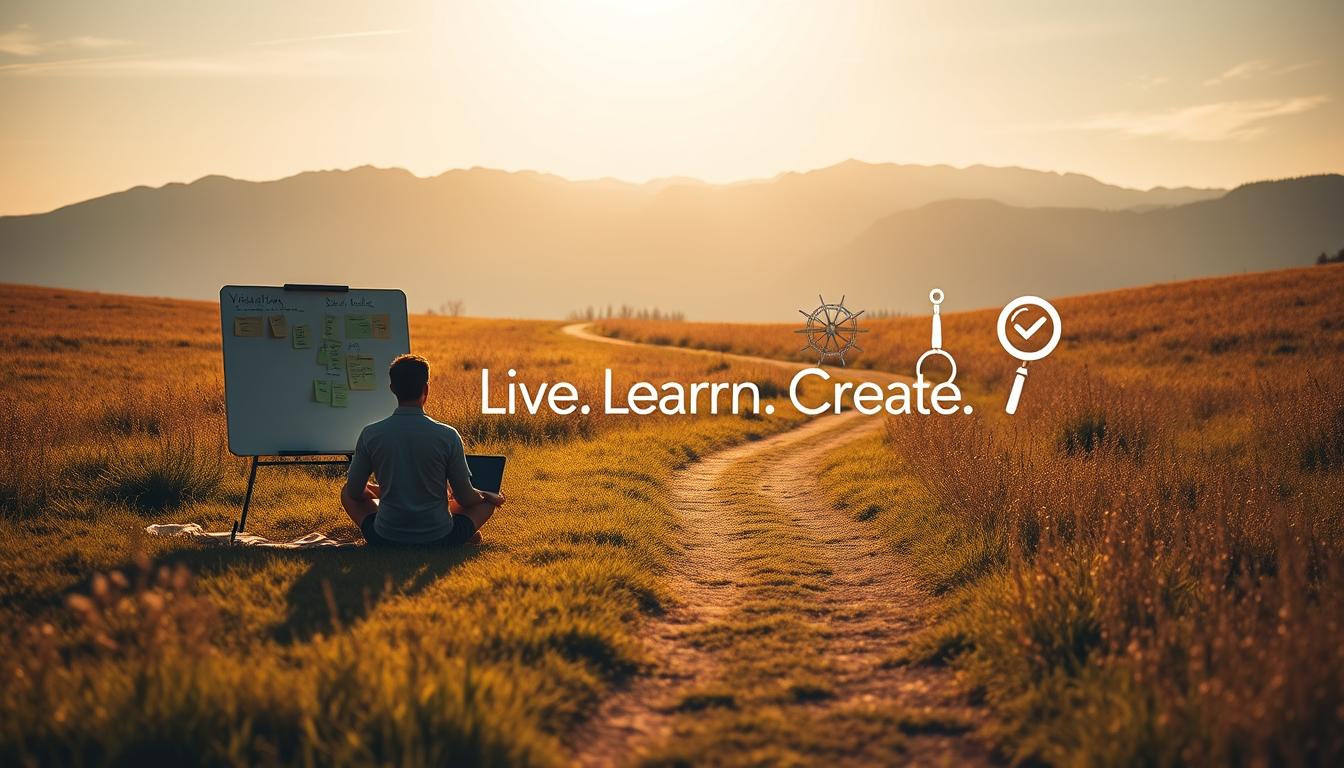
Did you know that the concept of inspiration has its roots in the Latin word “inspirare,” meaning “to breathe into”?
This ancient understanding of breathing life into our endeavors is still relevant today, as we seek to tap into our inner sources of creativity and motivation. The word “inspiration” has evolved significantly, from its early theological meanings related to divine influence to its modern interpretation as a spark that ignites our passions and pursuits.
As we explore the power of inspiration, we’ll uncover how it can be a catalyst for personal growth and creative expression. By understanding its influence on our lives, we can harness its energy to fuel meaningful creation and development.
Key Takeaways
- Discover the historical context and evolution of the concept of inspiration.
- Learn how to recognize and cultivate inspiration in your daily life.
- Understand the connection between inspiration and personal growth.
- Explore practical ways to harness inspiration for creative pursuits.
- Develop a deeper relationship with your inner sources of inspiration.
The Essence of Inspiration
Understanding inspiration requires a journey through its historical context, etymology, and contemporary usage. As we explore the depths of this concept, we uncover its significance in our lives and how it has evolved over time.
Etymology and Historical Context
The word “inspiration” has its roots in Latin, specifically in the term “inspirare,” meaning “to breathe into.” This physical act of breathing became metaphorically linked to creativity and divine influence. Historically, inspiration was first used in a theological context in the early 14th century, referring to a divine entity’s influence on a person. The literal sense of breathing is still used in medical contexts.
Modern Definition and Usage
Today, inspiration is understood as a catalyst for creativity, motivation, and personal growth. The term has expanded beyond artistic contexts to include business, education, and everyday life. The modern slang term “inspo,” a shortened form of inspiration, is commonly used in creative and social media contexts, reflecting our changing relationship with inspiration in the digital age. As we examine contemporary usage, we see how inspiration drives individuals to new heights.
The Psychology of Inspiration
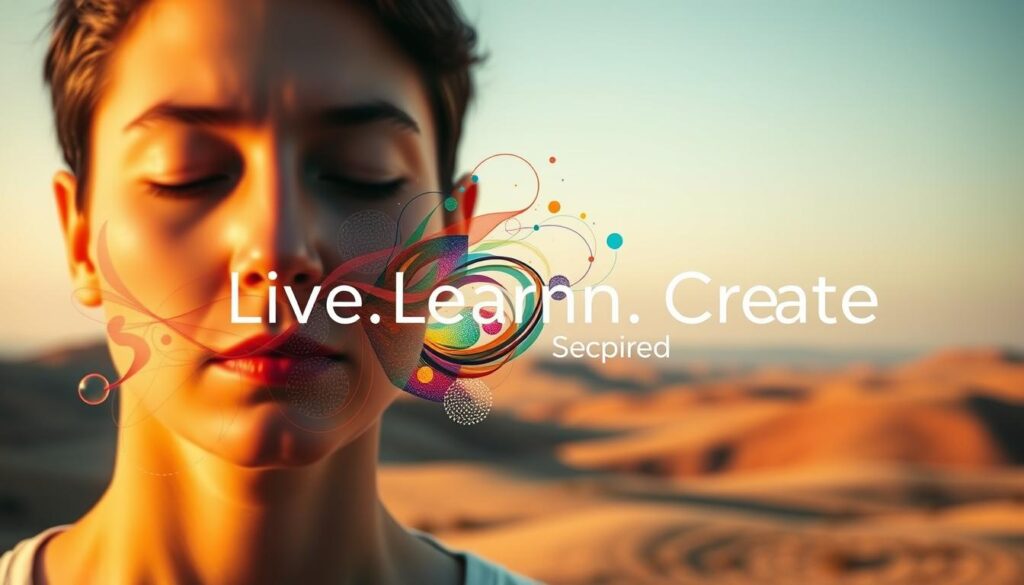
Understanding the psychology behind inspiration can unlock our full creative potential. Psychological research suggests that inspiration involves both being inspired by something and being inspired to do something. It’s characterized by three core aspects: evocation, transcendence, and motivation.
How Inspiration Affects the Mind
Inspiration creates a unique mental state that combines heightened awareness, emotional resonance, and cognitive openness. This mental state is perfect for creative thinking, allowing us to envision new possibilities beyond our current circumstances. When we’re inspired, our minds are more receptive to new ideas and experiences.
The Connection Between Inspiration and Motivation
Inspiration is often the spark that drives us to take action. It’s closely linked to motivation, as inspired states can bypass common mental blocks and resistance. By understanding this connection, we can harness the power of inspiration to drive personal growth and achieve our goals in life.
By exploring the psychology of inspiration, we can gain a deeper understanding of how it affects our minds and motivates us to create and innovate. This knowledge can help us cultivate inspiration in our daily life, leading to a more fulfilling and creative existence.
Sources of Inspiration in Daily Life
Inspiration can strike at any moment, and being aware of its sources can enrich our lives. As we navigate our daily routines, we can tap into various sources that spark creativity and motivation.
Nature and the Environment
The natural world is a profound source of inspiration, from the intricate patterns in a leaf to the vastness of a starry night sky. Everyday environments, whether urban or wilderness, can trigger different types of creative thinking.
Art, Music, and Literature
Various art forms serve as powerful catalysts for inspiration. For example, music can evoke emotions and spark new ideas, while art and literature can provide fresh perspectives and insights.
People and Relationships
Human connections play a significant role in inspiration. We can find inspiration in the people we meet, from mentors and role models to strangers who shift our perspective. By being open to these interactions, we can cultivate a richer, more inspired life.
Ready to start building a life you love? Visit https://livelearncreate.blog for more inspiration, tools, and guides on personal growth.
The Creative Power of Inspiration
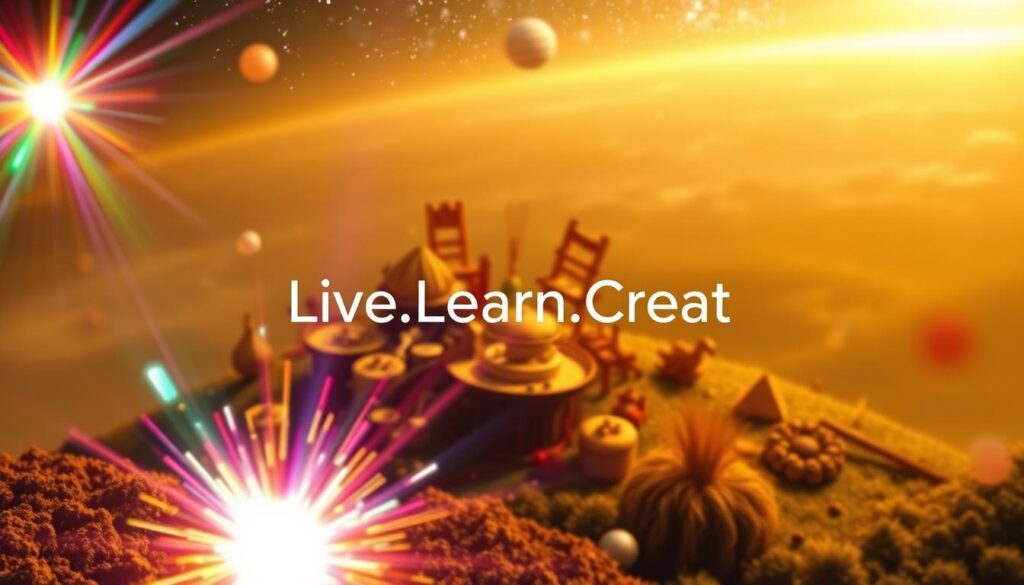
Inspiration is the spark that ignites the creative process, transforming ideas into reality. This powerful force drives us to turn our imagination into tangible creations that enrich our life.
From Spark to Creation
The journey from initial inspiration to completed creation involves several stages. To capture and preserve inspirational sparks, successful artists, writers, and innovators use various techniques. By understanding the process and harnessing the power of inspiration, we can bring our ideas to life.
Overcoming Creative Blocks
Creative blocks are a common challenge, but there are evidence-based strategies to overcome them. By cultivating inspiration intentionally, we can develop a more reliable creative practice. This involves taking action and finding new ways to stimulate our imagination, helping us to stay inspired over time and navigate our creative journey in a meaningful way that enhances our life.
For more tools and inspiration to ignite your inner innovator, visit https://livelearncreate.blog.
Spiritual Dimensions of Inspiration
As we explore the spiritual dimensions of inspiration, we uncover a rich history of divine connection that has guided individuals across various cultures and traditions. Inspiration is often seen as a bridge between the mundane and the sacred.
Divine Inspiration Throughout History
Divine inspiration has been a concept across many religious and spiritual traditions, often connected to receiving wisdom or guidance from a higher power. Historically, individuals claiming direct divine inspiration were seen as having a special connection to the divine.
Mindfulness and Inspired Living
Mindfulness practices can create the mental conditions conducive to inspiration by quieting mental chatter and creating space for new insights. By focusing on the breath and being present in the moment, individuals can become more receptive to inspiration in their daily life.
For more on mindfulness and personal growth, visit https://livelearncreate.blog. Feeling more present and calm is just the beginning of a journey toward inspired living.
Cultivating Inspiration in Your Life
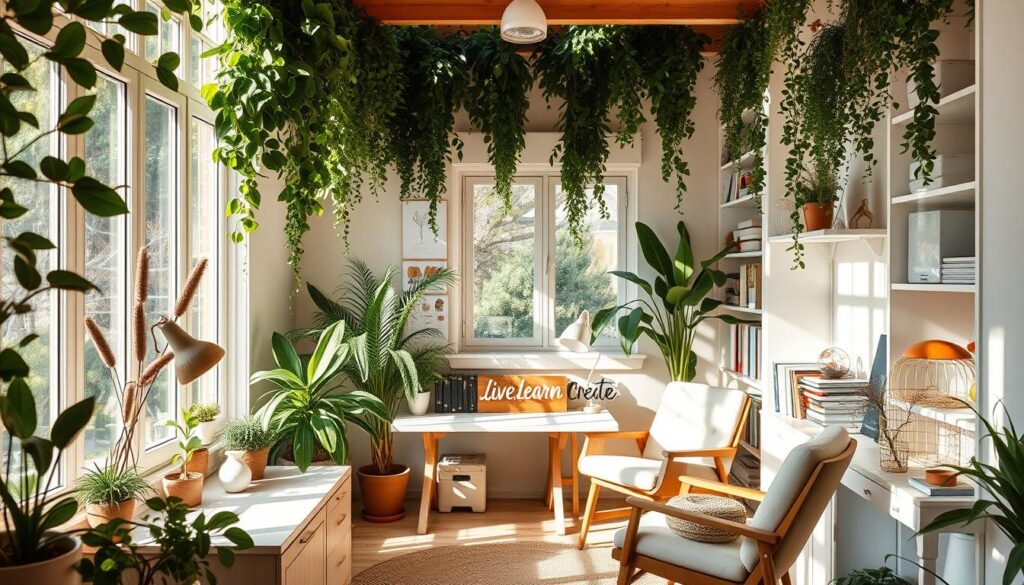
Cultivating inspiration in your daily life can be a transformative experience. By creating the right environment and adopting daily practices, you can stay inspired and turn that inspiration into action.
Creating an Environment for Inspiration
Design your physical spaces to maximize creative potential. Incorporate elements that personally inspire you, such as art or nature, into your workspace.
Daily Practices to Stay Inspired
Establish daily rituals like morning pages, creative walks, or curiosity journaling to invite inspiration into your life. These practices help keep your mind open to new ideas and experiences.
Turning Inspiration into Action
Translate your inspiration into concrete action by taking small, deliberate steps towards your goals. This bridges the gap between feeling inspired and creating something tangible.
As Roy T. Bennett so eloquently puts it,
“Don’t just dream, do. Don’t just hear, listen. Don’t just talk, act.”
Let’s turn our inspiration into meaningful action.
Inspiration as a Catalyst for Personal Growth
The spark of inspiration can ignite a journey of personal growth, leading to a more fulfilling life. When we experience inspiration, we open ourselves up to new possibilities and perspectives that can help us transcend our current limitations.
As we navigate our journey, we often encounter moments of inspiration that serve as turning points in our personal development. These moments create windows of opportunity for significant life changes and growth.
Drives Self-Improvement
Inspiration drives self-improvement by helping us envision and pursue possibilities beyond our comfort zone. By embracing inspiration, we can break free from limiting beliefs and self-imposed boundaries, allowing us to love and accept ourselves as we are.
Building Resilience Through Inspired Thinking
Inspired thinking helps us navigate challenges and setbacks with greater adaptability and creative problem-solving. By drawing on the inspiration of others and learning from their examples, we can build resilience and stay focused on our goals, rather than being swayed by the opinions of others.
As Roy T. Bennett so eloquently puts it, “Accept yourself, love yourself, and keep moving forward. If you want to fly, you have to give up what weighs you down.” By embracing inspiration and letting go of what holds us back, we can soar to new heights and live a more authentic, fulfilling life.
“Don’t let the expectations and opinions of other people affect your decisions. It’s your life, not theirs. Do what matters most to you; do what makes you feel alive and happy.” – Roy T. Bennett
Prioritize your well-being and find a healthier you at https://livelearncreate.blog.
Embracing Your Unique Inspirational Journey
As we navigate the complexities of life, our personal journey with inspiration evolves, shaped by our experiences and creative pursuits. Honoring our individual sources of inspiration is crucial, even when they differ from others’ expectations.
Sharing our inspiration and creative process with others can foster meaningful connections and contribute to a larger community of creators and innovators. As Maya Angelou so eloquently put it, “We delight in the beauty of the butterfly, but rarely admit the changes it has gone through to achieve that beauty.”
By embracing our unique inspirational journey, we can cultivate a love for life and its many wonders. As Vincent Van Gogh said, “It is good to love many things, for therein lies the true strength, and whosoever loves much performs much, and can accomplish much, and what is done in love is well done.”
To continue on your inspirational journey, connect with a community of lifelong learners and creators at https://livelearncreate.blog.
FAQ
What sparks creativity and inspiration in individuals?
Various sources, including art, music, nature, and meaningful relationships, can spark creativity and inspiration, influencing personal growth and self-improvement.
How can I cultivate inspiration in my daily life?
By creating an environment conducive to inspiration, practicing mindfulness, and engaging in activities that stimulate the mind, you can cultivate inspiration and turn it into meaningful action.
What role does motivation play in the inspirational process?
Motivation is closely linked to inspiration, as it drives individuals to take action and pursue their goals, helping to overcome creative blocks and build resilience.
Can inspiration be a catalyst for personal transformation?
Yes, inspiration can be a powerful catalyst for personal growth, driving self-improvement, and helping individuals develop a more positive and resilient mindset.
How can I stay inspired and maintain a creative spark?
By incorporating daily practices that stimulate inspiration, such as engaging with art, music, or literature, and nurturing meaningful relationships, you can stay inspired and maintain a creative spark.
What is the connection between inspiration and mindfulness?
Mindfulness and inspiration are closely linked, as being present in the moment and fully engaging with one’s surroundings can foster a deeper sense of inspiration and creativity.
Transform your home into a more peaceful and mindful sanctuary. Creating a Zen-inspired home environment is a core part of the “Live.Learn.Create” theme, focusing on peace, mindfulness, and a clutter-free space. Here is a curated list of Zen home items.
The Zen Essentials
These items are the building blocks of a calm, intentional living space.
- Candles & Scents:
- Scented Candles: Look for calming, natural scents like sandalwood, lavender, white tea, or bergamot. Choose candles made with soy or beeswax for a clean burn.
- Essential Oil Diffusers: A minimalist, sleek diffuser made of bamboo, ceramic, or glass.
- Essential Oil Sets: Look for blends specifically for relaxation, focus, or sleep.
- Incense & Burners: Natural incense sticks (e.g., palo santo, sage) with a simple, elegant burner.
The Zen Decor
This is about incorporating natural elements and simple design.
- Natural Materials:
- Wood or Bamboo Trays: For organizing candles, stones, or other small items.
- Ceramic Vases: Simple, unglazed ceramic vases in neutral colors like white, beige, or gray.
- Minimalist Art: Simple line drawings, abstract prints, or nature-inspired artwork.
- Hand-Carved Stone Coasters: Or other small stone sculptures.
- Textiles:
- Linen or Cotton Throws: A soft, neutral-colored throw blanket to add warmth.
- Jute or Sisal Rugs: These add natural texture and grounding to a space.
- Meditation Cushions (Zafu) & Mats (Zabuton): These provide comfort for meditation and add a serene touch to a room.
The Zen Ambiance
These items help create a peaceful sensory experience.
- Lighting:
- Himalayan Salt Lamps: These provide a warm, soft glow.
- Japanese-style Paper Lanterns: For a soft, diffused light source.
- Dimmable Smart Bulbs: To easily control the warmth and brightness of your lighting.
- Sound:
- Tabletop Water Fountains: The gentle sound of running water is incredibly calming.
- Wind Chimes: Made from natural materials like bamboo or metal for a soft sound.
- Bluetooth Speakers: Small, aesthetically pleasing speakers for playing ambient or meditation music.
- Nature:
- Bonsai Trees or Air Plants: Low-maintenance indoor plants that bring life and a touch of nature indoors.
- Zen Gardens: A small, tabletop sand garden with a rake and stones for a meditative ritual.
- Decorative Rocks & Pebbles: For bowls or as a decorative element.
Best Sellers https://amzn.to/3Vet1tI
New Releases https://amzn.to/4mwLjTi
Amazon Movers & Shakers https://amzn.to/4fPsZlP
Mindfulness Coloring Books https://amzn.to/4fQ0wMx
Personal Growth Coloring Books https://amzn.to/4lJeRf0
Health & Wellness https://amzn.to/4oRt24C
Zen Home Decor https://amzn.to/3VeA3i6
Zen Garden Decor https://amzn.to/4mXjT8D
Zen Garden https://amzn.to/3HQTVVB
- Mindfulness & Meditation:
- Physical Wellness:
- Habit & Productivity Tools:
- Books:
- Best-selling personal development books (Mindset, The 7 Habits of Highly Effective People, The Subtle Art of Not Giving a F*ck)
- Books on a variety of skills (coding, photography, writing.)
- Educational Gadgets:
- Smart pens that digitize notes (e.g., Rocketbook)
- Portable scanners for digitizing documents
- Laptops, tablets, and accessories
Create (Creativity, Innovation, Projects)
These products cater to your creative side, whether you are a artists, writer, or DIY enthusiasts.
- Creative Supplies:
- Adult coloring books or “paint-by-sticker” books
- Craft kits (e.g., candle-making, pottery, embroidery)
- Digital Creation Tools:
- General Inspiration & Making:

